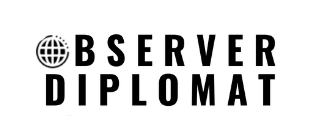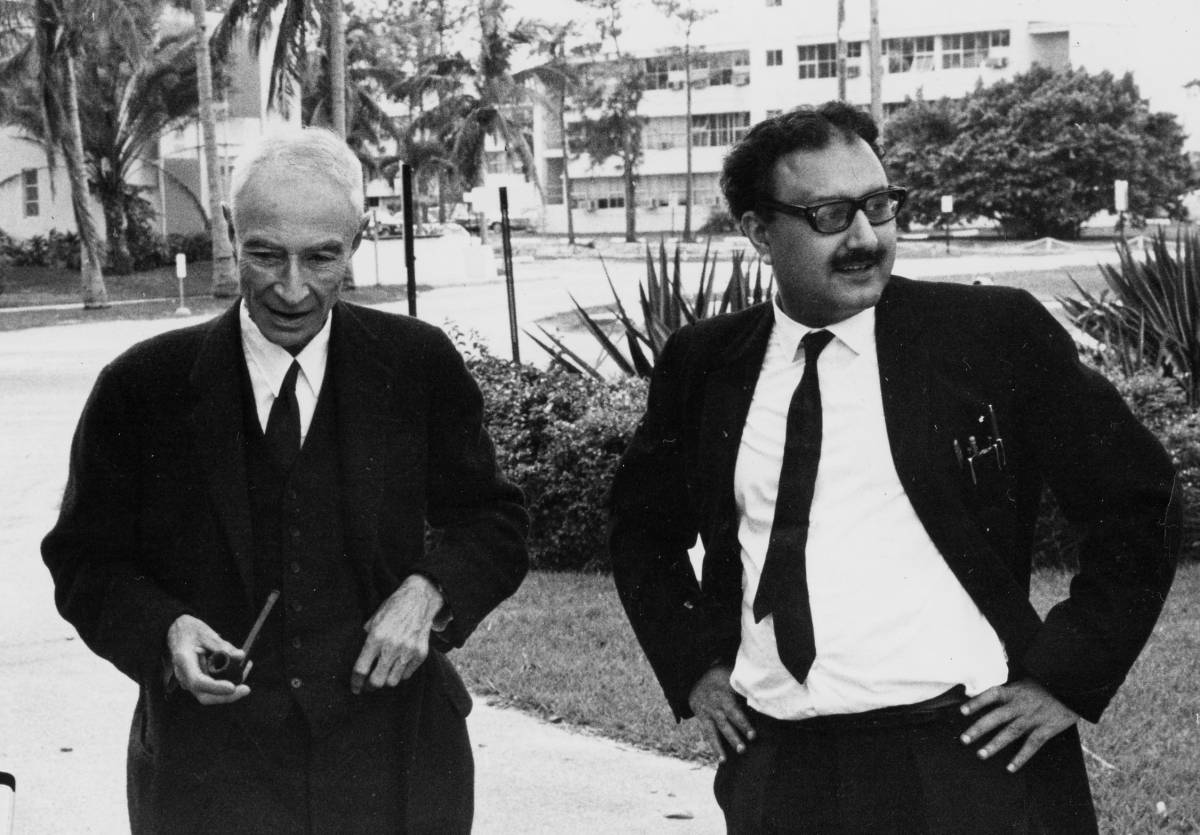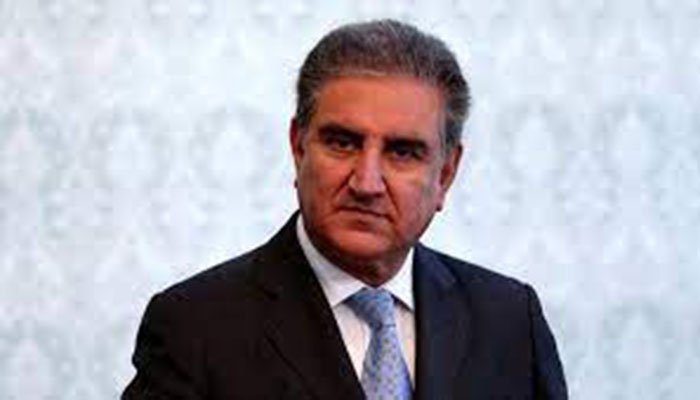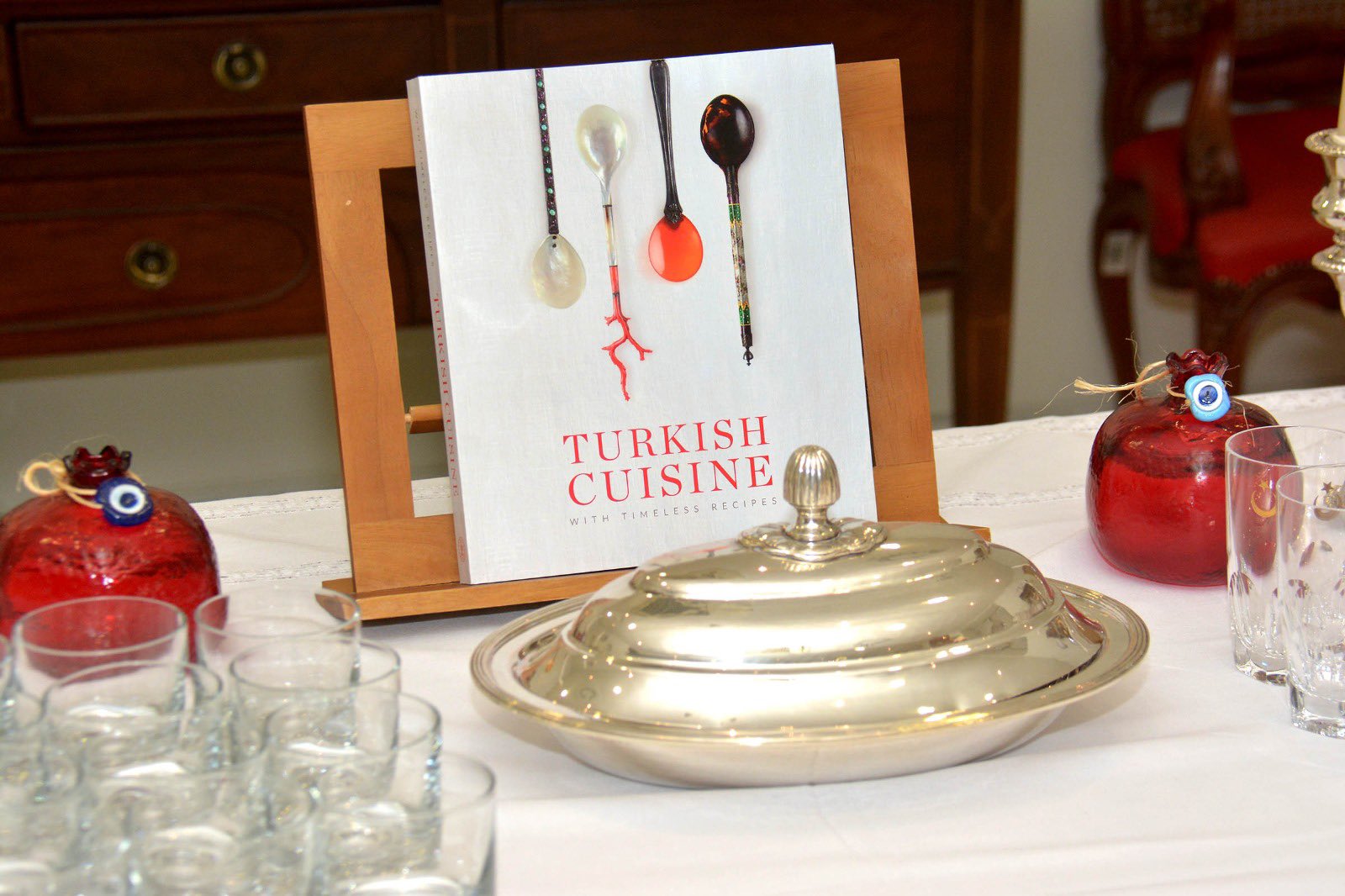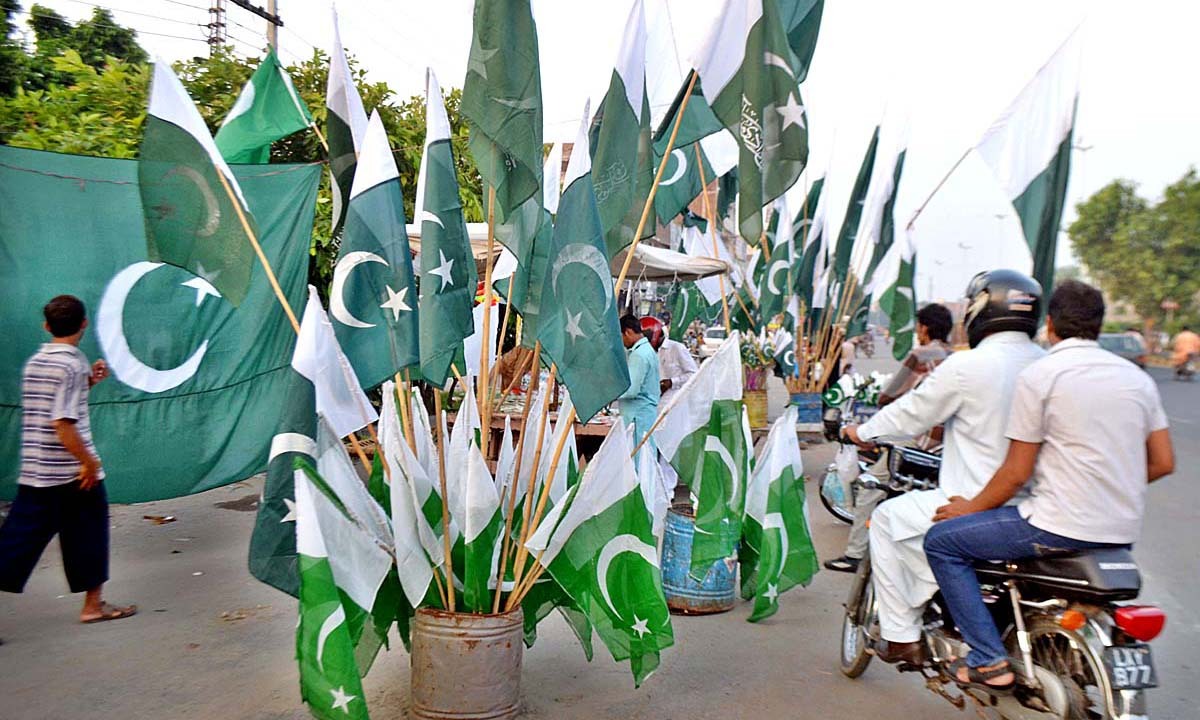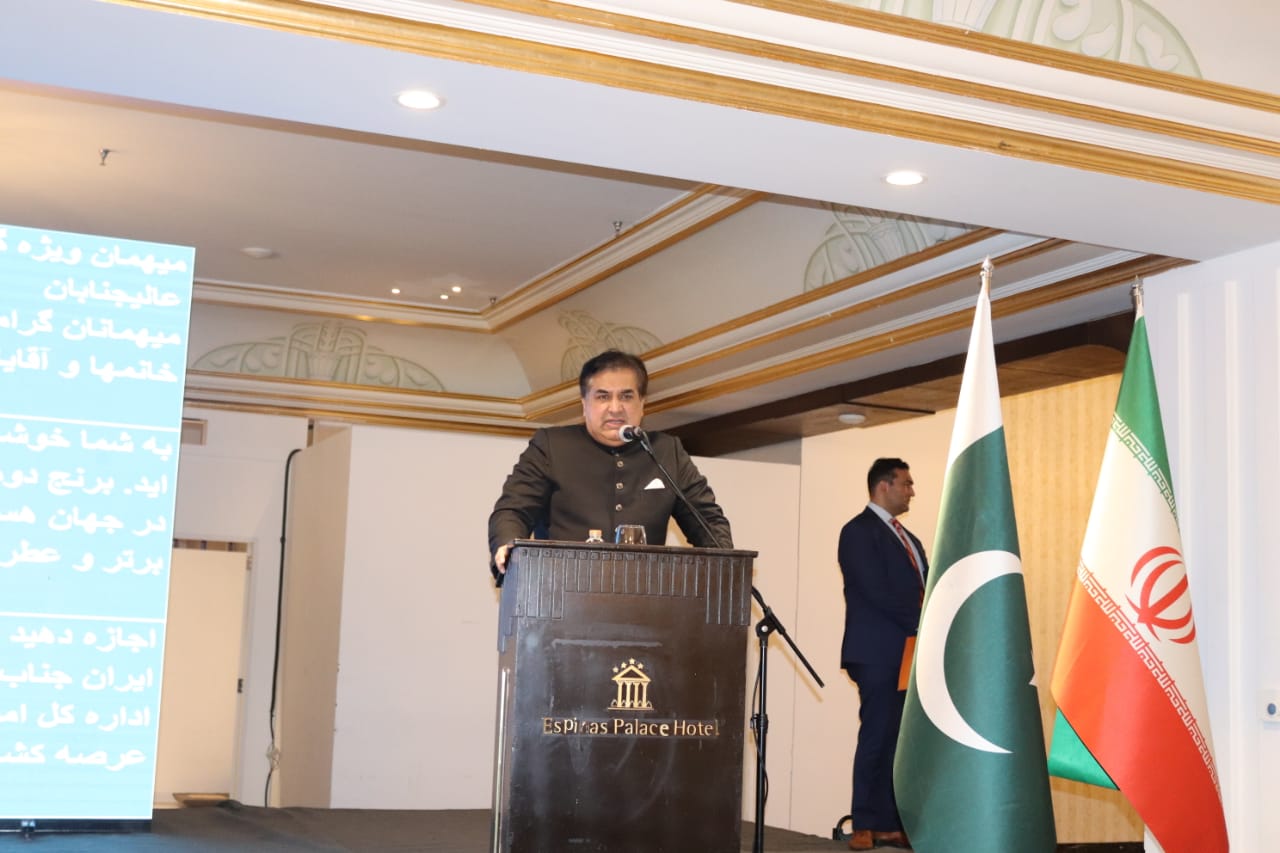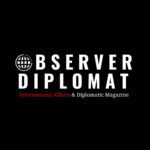A free press is the cornerstone of any democracy—yet across the globe, journalists are being silenced, hunted, imprisoned, and killed simply for telling the truth. From democracies once hailed as champions of free speech to authoritarian regimes where independent media has long been extinguished, we are witnessing a global assault on journalism. The tools of repression vary—digital surveillance, draconian laws, smear campaigns, or bullets—but the aim is always the same: control the narrative, silence dissent, and blind the public.
This is not just a crisis of individual rights; it is a direct threat to global accountability, human rights, and democratic institutions. It is a war on truth.
Below is a closer look at some of the countries where press freedom is most under threat—from open-air prisons for journalists to modern democracies creeping toward authoritarian control.
1. United States – Silencing Activists and Journalists
Rank: 57/180
In 2025, the United States continues to publicly champion democratic values and free speech abroad, yet back home, its record on press freedom tells a more unsettling story. While the First Amendment remains intact, its protections are being undermined by the surveillance of dissenting voices, the criminalization of protest coverage, and the selective targeting of marginalized journalists—particularly those from Muslim, Palestinian, Black, and LGBTQ+ communities.
Palestinian Journalists Face Retaliation
The case of Mahmoud Khalil, a Palestinian-American journalist based in Chicago, is emblematic of the chilling environment for critical reporting in 2025. Khalil, who has been covering U.S. foreign policy and its role in the humanitarian catastrophe in Gaza, was detained for over 48 hours in February under vague national security pretexts after attending a protest. His arrest came shortly after he published a widely shared exposé on U.S. arms transfers to Israel, sparking accusations of government retaliation against critical journalism.
Khalil reported being questioned not only about his work but about his religious affiliations and private communications. Civil liberties groups, including the ACLU, have since condemned the arrest as a blatant violation of press freedom and profiling based on ethnicity and political views.
Student Journalists Targeted in Crackdowns
Across U.S. campuses, pro-Palestinian student journalists face heightened scrutiny. At Columbia University and UCLA, students covering peaceful protests against Israel’s military campaign have been arrested, doxxed, or subjected to disciplinary action. In one striking case, several student reporters from the University of Michigan were suspended for “unauthorized media activity” after publishing first-hand accounts of campus police violence during a protest.
These acts form part of a broader pattern: the use of university policies and national security rhetoric to silence young journalists documenting dissent.
Gender and Racial Disparities in Press Protection
Journalists who are women, transgender, or people of color face distinct and compounding threats. In April 2025, Janelle Brooks, a Black transgender reporter, was physically assaulted while livestreaming a far-right rally in Tampa. Police failed to intervene despite repeated calls for help. No arrests have been made. Brooks has since left Florida citing safety concerns, joining a growing number of marginalized reporters forced to relocate or quit journalism altogether.
Online harassment, including AI-generated deepfakes and coordinated smear campaigns, has become routine against women journalists of color. Organizations like PEN America and the Committee to Protect Journalists (CPJ) have flagged the U.S. government’s inaction on digital safety as a critical failure.
Selective Access and White House Blacklisting
Under the current administration, White House press briefings have adopted a more partisan tone, with reporters from outlets critical of the President’s foreign or immigration policy being quietly excluded. In March, reporters from Al Jazeera, The Intercept, and Democracy Now! were denied access to a press event on U.S.-Middle East policy. The lack of transparency has become a defining feature of the current political climate, where media access is often contingent on ideological alignment.
Fact: In 2025, the U.S. continues to fall in the global press freedom index not due to overt censorship, but due to strategic suppression: intimidation through lawfare, the use of immigration and security policies to silence dissent, and the erosion of safety for women, queer, and minority journalists. Cases like Mahmoud Khalil’s are no longer anomalies—they are warnings.
2. Eritrea – A Silent State
Rank: 180/180
Eritrea’s media landscape remains the most repressive in the world, with total government control over all media outlets. There is no room for independent journalism, and dissent is harshly punished.
State-Run Media Monopoly:
The government runs all news outlets, and journalists must toe the line or risk arrest, torture, or even death. The regime is notorious for its totalitarian control over information, with no access to independent or international news sources.
Imprisonment of Journalists:
Since the early 2000s, dozens of journalists have disappeared into Eritrean prisons. Dawit Isaak, a Swedish-Eritrean journalist, was arrested in 2001 for criticizing the government and remains imprisoned without charge or trial. His case highlights the regime’s extreme control over the media and its willingness to silence journalists indefinitely.
Fact: In Eritrea, journalists are not just jailed—they disappear without trial, and international attempts to bring attention to their cases have largely failed. Eritrea’s ranking at the bottom of the press freedom index reflects the dire state of media in the country.
3. North Korea – Complete State Control
Rank: 179/180
In North Korea, press freedom is a complete illusion. The government exerts absolute control over all media, dictating every aspect of public discourse.
No Independent Media:
There is no independent journalism in North Korea, and the media is entirely controlled by the ruling Kim family. Foreign media outlets are blocked, and any attempt to report contrary to the state’s narrative is met with swift and severe punishment. Journalists are often forced to parrot government ideology or face imprisonment, torture, or death.
Fact: North Korea’s extreme control over media is unparalleled, and journalists who stray from the official state line risk extreme punishment, including execution.
4. Syria – Journalists in the Crossfire
Rank: 177/180
Syria’s civil war has made it one of the most dangerous countries for journalists, with the Assad regime systematically targeting reporters who challenge its narrative. Independent journalism is all but nonexistent.
Government-Controlled Media:
Since the start of the conflict in 2011, Syrian media has been almost entirely under government control. The regime has forcibly shut down independent outlets and journalists are frequently targeted. Reporters from both local and international media have been kidnapped, tortured, or killed by regime forces, opposition groups, or terrorist organizations.
Marie Colvin’s Death:
In 2012, Marie Colvin, a British journalist with The Sunday Times, was killed by a Syrian army artillery strike while reporting from Homs. Her death highlighted the dangers faced by foreign correspondents who cover the Syrian war.
Fact: Syria’s brutal suppression of media and its targeting of journalists for doing their jobs in conflict zones demonstrate the high risks faced by reporters in authoritarian regimes.
5. Iran- Media under restriction
Rank: 176/180
In the Islamic Republic of Iran, press freedom faces significant constraints, particularly on issues related to gender, diversity, and civil dissent. Ranked among the bottom five countries in the 2025 World Press Freedom Index, Iran continues to impose strict control over journalistic activity, especially when it challenges state narratives.
Restricted Space for Independent Journalism
All media in Iran is subject to oversight by government authorities. Journalists who report on politically sensitive topics — including protests, minority rights, or women’s issues — often face arrest, surveillance, or prolonged detention. Publications are routinely shut down for “violating Islamic values” or “spreading false information,” while foreign correspondents operate under heavy restrictions, if permitted at all.
Gender and Diversity in Media
Women in journalism face unique challenges in Iran. Legal and cultural restrictions, combined with professional discrimination, have significantly reduced their visibility in media spaces. Female reporters are routinely targeted for covering gender-based violence or anti-hijab protests.
Example: In 2022, journalists Niloufar Hamedi and Elaheh Mohammadi were detained for reporting on Mahsa Amini’s death — a case that catalyzed widespread protests. Both women were later sentenced to long prison terms. Their ordeal continues to symbolize the high cost of reporting on women’s rights in Iran.
Fact: Iran’s media environment remains one of the most tightly controlled in the world. While a few outlets attempt to maintain editorial independence, the systemic suppression of voices — especially those advocating for women and minority rights — highlights the urgent need to protect press freedom and journalistic diversity.
6. Afghanistan – Gender Apartheid and Press Suppression
Rank: 175/180
Under Taliban rule, Afghanistan has become one of the harshest environments for media freedom, especially for women. Since retaking power in 2021, the Taliban have imposed sweeping restrictions on press activity, severely limiting the role of independent journalism.
Women Journalists Silenced:
In 2025, reports confirm that fewer than 50 female journalists remain active in the country. Most women-led media outlets have shut down due to threats, arrests, and bans on female employment. Television anchors are no longer visible on screen, and women are prohibited from covering political or societal issues.
Crackdown on Free Press:
Journalists face increasing detention, including the recent arrest of two Afghan reporters in February 2025 for covering women’s protests in Kabul. Newsrooms operate under constant surveillance, with censorship expanding to online platforms.
Fact: Afghanistan’s systematic exclusion of women from public life and media amounts to gender apartheid, reinforcing an environment of fear and silence for those who seek to report the truth.
7. Myanmar – Military Junta’s Repression of the Press
Rank: 169/180
Since the February 2021 military coup, Myanmar has become one of Southeast Asia’s most dangerous places for journalists. The junta’s assault on independent media continues into 2025, marked by widespread censorship, arrests, and digital blackouts.
Systematic Targeting of Journalists:
As of April 2025, at least 70 journalists remain behind bars in Myanmar, including several arrested this year for covering student-led protests and ethnic resistance movements. The junta has raided newsrooms, revoked licenses of independent outlets like Myanmar Now and Democratic Voice of Burma, and forced dozens of media workers into exile.
Silencing Coverage of Ethnic Atrocities:
The regime continues to block coverage of atrocities against the Rohingya and other ethnic minorities. Access to Rakhine State remains heavily restricted. Journalists who attempt to report on military abuses—especially regarding the continued displacement of Rohingya communities—risk arrest under sweeping anti-terror laws.
Fact: In 2025, the military junta has deepened its control over public information, criminalizing truth-telling and forcing Myanmar’s once-vibrant media landscape into near-oblivion.
8. Pakistan – Threats and Cyber Censorship
Rank: 158/180
In Pakistan, freedom of the press is consistently threatened by both state censorship and extremist violence. The government uses cyber laws to silence critics online, while journalists are regularly targeted by both government authorities and extremist groups.
Journalists are at constant risk of physical harm and intimidation for covering controversial topics or exposing government corruption. Cyber harassment has also become a major issue, with critics of the state facing online persecution.
Fact: Journalists in Pakistan face immense risks when reporting the truth, with threats of violence and intimidation becoming an everyday reality.
9. India – Press Freedom on the Decline
Rank: 159/180
India, once a stronghold of press freedom in South Asia, has seen a steady decline in recent years, especially with increased political control over media and growing harassment of journalists.
Targeting Kashmir Coverage:
Journalists in Kashmir face violent retaliation for reporting on the region’s ongoing conflict and human rights abuses. One notable case is that of Aasif Sultan, a Kashmiri journalist who was arrested for writing about militants and the crackdown on civilian protests. Sultan was charged with “anti-national” activities, and his case highlights the vulnerability of journalists in conflict zones within India.
Fact: India’s media is increasingly under threat, with reports of growing violence and arrests of journalists critical of the government, especially those covering sensitive regions like Kashmir.
10. Central Asia – Press Suppression
Countries: Turkmenistan (174/180), Uzbekistan (156/180), Tajikistan (153/180), Kazakhstan (141/180)
Central Asia’s authoritarian regimes maintain tight control over the media. Countries like Turkmenistan and Uzbekistan restrict press freedom through legislation and violent repression of independent media.
State Control in Central Asia:
In Turkmenistan, all media outlets are state-controlled, and independent journalists are severely punished. Uzbekistan has made modest reforms, but press freedom is still highly restricted, especially when covering sensitive topics like corruption and the president’s family. Kazakhstan has also faced criticism for its media repression, with journalists and bloggers facing criminal charges for criticizing the president or the government.
Fact: Central Asian governments have an extensive track record of suppressing free speech, punishing journalists with imprisonment or violence for their reporting on corruption and human rights abuses.
The global erosion of press freedom is not just a regional concern—it is a planetary emergency that threatens the very foundations of democratic life. From the quiet silencing of dissent in the United States to the brutal repression in Eritrea, North Korea, Iran, and beyond, journalism is under siege. Each detained reporter, shuttered newsroom, or banned broadcast is a blow to the public’s right to know, to question, and to hold power to account.
In this hostile climate, journalists are not just storytellers—they are frontline defenders of truth, risking their lives to illuminate injustice. Protecting them is not optional; it is a moral and political imperative. The world must stop treating attacks on the press as unfortunate side effects of national politics and start confronting them as the global democratic crisis they truly are.
Until governments uphold their commitments to free expression, and societies defend the rights of those who speak truth to power, democracy itself remains in peril.
Read the full World Press Freedom Report of 2025: https://rsf.org/en/index?year=2025
Related stories:
Pakistan Ranked 158 of 180 in the World Press Freedom Index 2025
